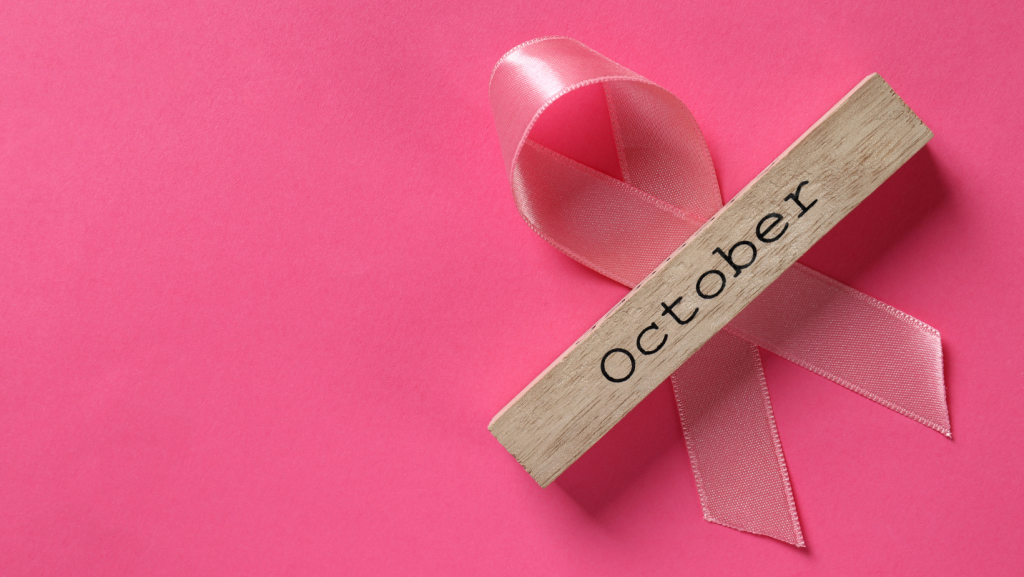October is Breast Cancer Awareness Month, a time dedicated to increasing awareness about the impact of breast cancer and the importance of early detection. As your health coach, I’m here to provide you with essential information on prevention and self-examination tips
1. Understanding Breast Cancer

2. How to Perform a Self-Examination
Early detection is key. Here’s a step-by-step guide to performing a monthly breast self-exam:
- Step 1: In Front of a Mirror
Stand undressed from the waist up in front of a mirror with your arms relaxed at your sides. Look for any visible changes such as swelling, dimpling, or changes in the shape of your breasts. - Step 2: Raise Your Arms
Raise your arms above your head and look for the same signs. - Step 3: Feel for Lumps While Standing or Sitting
Using the pads of your three middle fingers, move them in a circular motion. Cover the entire breast, from the outer edges to the nipple, using different pressure levels to feel all the breast tissue. You can do this in the shower when your skin is wet and slippery. - Step 4: Lie Down for a Deeper Check
When lying down, the breast tissue spreads evenly along the chest wall, making it easier to feel for abnormalities. Place one arm above your head and use the opposite hand to examine the breast. - Step 5: Check Your Nipples
Gently squeeze each nipple to check for any discharge or unusual sensations.
If you notice any lumps, thickening, or changes, don’t panic—most lumps are non-cancerous. However, it’s important to consult a healthcare professional for further evaluation.

While there’s no sure way to prevent breast cancer, these tips can help reduce your risk:
- Maintain a Healthy Weight: Obesity increases breast cancer risk, especially after menopause. Regular exercise and a balanced diet can help manage weight.
- Eat a Balanced Diet: Opt for a diet rich in fruits, vegetables, lean proteins, and healthy fats. Limit processed foods, sugars, and alcohol.
- Limit Alcohol Consumption: Studies show that even moderate alcohol intake can increase breast cancer risk. Aim to limit alcohol to one drink per day or less.
- Stay Active: Aim for at least 30 minutes of moderate physical activity most days of the week. Physical activity helps regulate hormones and reduce cancer risk.
- Breastfeed, If Possible: Breastfeeding for several months can lower the risk of developing breast cancer.
- Avoid Smoking: Smoking is linked to many types of cancers, including breast cancer.
- Regular Screenings: Talk to your healthcare provider about when you should begin mammograms based on your age and risk factors.
4. Stay Informed
Knowledge is power. Stay informed about the risk factors and signs of breast cancer, and share this information with others. Encourage your friends and family to take charge of their health too.
Let’s spread awareness and work together toward a healthier future!
– Sheetal Ramchandani –






